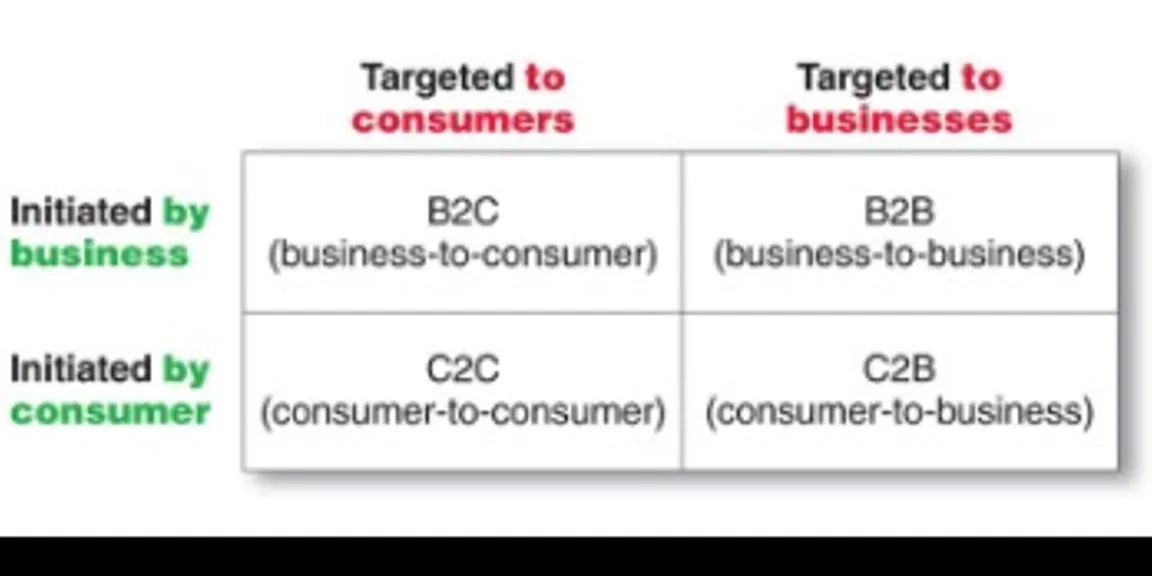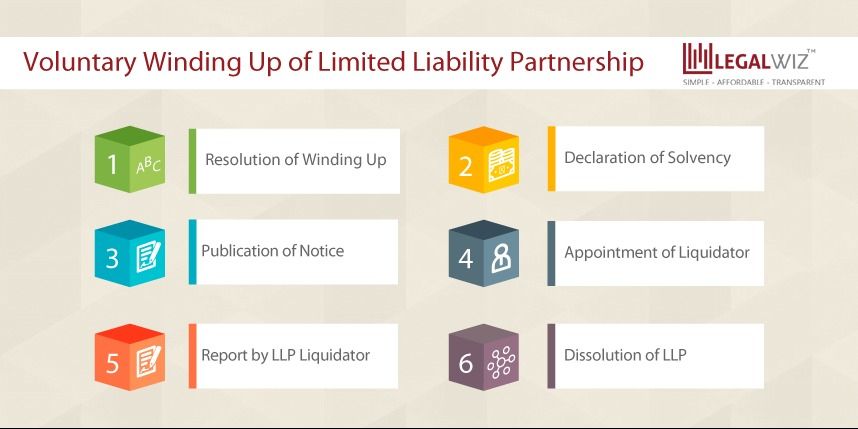

B2B Marketplaces: Decoding the Growth Pattern
Have you ever wondered how a big company buys thousands of laptops/ PCs for its employees ?
What is a B2B Marketplace ?
Have you ever wondered how a big company buys thousands of laptops/ PCs for its employees ? It is in dealings like these that Business to Business (or B2B marketplace models as they are commonly known) come into play. It involves the buying and selling of one company's goods and services to another.
B2B marketplace buyer is different from a typical Business-to-Consumer business model in terms that the former’s buying decisions are entirely driven by profitability and price unlike the latter’s that are largely dependent on product popularity, peer pressure, emotional triggers etc.

Cisco Systems, Inc, a leading seller of networking systems, launched a very successful campaign introducing a new router solely on social media advertising. The launch was identified as one of the top five in the company's history, and resulted in huge cost cutting close to $100,000 as compared to expenditures done on previous launches.
Social media as a medium of advertising products and initiating dialogues with customers has become an inevitable resource for companies looking for product marketing and branding at reduced costs. Finding ways to develop relationships with clients through social media is currently the most popular means to market the products in the B2B retail world. Social media platforms have facilitated two way conversations between businesses. It becomes all the more crucial in the present day and age to tap social media platforms and be able to connect directly with the potential customers.
Decoding the scope of B2B marketplaces
According to SME finance companies, this online industry is dwarfing the Business to Consumer (B2C) industry in India by already being six times as big.

Business-to-business (B2B) e-commerce market is blossoming in India as well as expanding throughout the world. The Business to Business e-commerce industry is expected to be worth 45 lakh crore by the year 2020.
Both developed as well as developing markets are witness to the progressively evolving Indian e commerce industry. Recent years have seen the emergence of non-banking players venturing into the payments sector giving rise to startups coming around with their unique interventions.
The e commerce market in India has grown increasingly from $4.4 billion in 2010 to $13.6 billion in 2014 while the global market reached $1.5 trillion in 2014.
What are the major drivers of this steady growth ?

The major drivers of this unprecedented growth are:
1) Increasing smartphone and internet penetration : The continuously growing Internet and smartphone penetration, increasing acceptance of online payments has provided the boost e-commerce sector needed in India. This has been no short of a revolution in the way companies connect with their customers. It is this drastic shift in the shopping dynamics that the e-commerce sector in India has increased manifold and has become four times its previous size, expected to cross the $100 billion mark five years down the line, contributing over 4% to India’s GDP.
2) M-commerce sales : Mobile commerce (m-commerce) is growing a a rapid scale as a stable and secure supplement to the e-commerce industry. Shopping online using smart phones is proving to be an extremely popular idea, and it is expected that m-commerce could contribute up to 70% of the retailers total revenues.
3) Efficient and Advanced shipping means
4) Multiple Payment options
5) Customised Promotions/Discounts
6) Increased focus on digital strategies by retailers
7) Social media
Retailers in this sector boast of having more than half of their revenue being generated from mobile applications
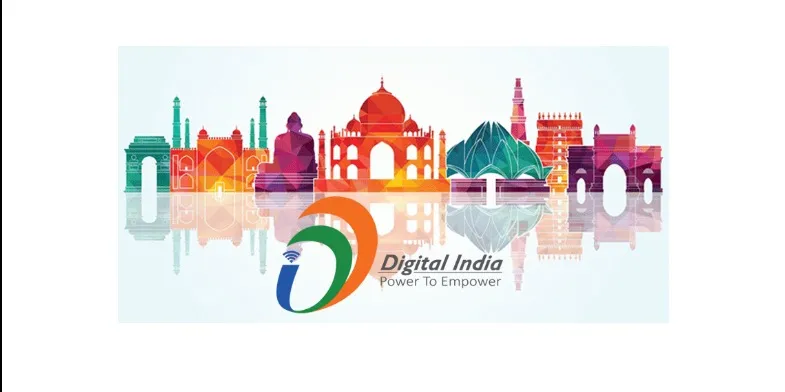
The logistics in e-commerce business are considerably complex to manage in a country with as much geographical and demographic diversity as in India. The tax policies for the e-businesses are not very well-defined depending on different business models and transaction types.In addition to it the poor infrastructure makes it more difficult to reach every sub-urban and remote rural areas. It is of utmost important to overcome challenges in financing, Infrastructure, Logistics and steadily focus on building customer loyalty to bring in the next wave of sustainable growth in e-commerce.Efficient cash management solutions, payment gateways and other banking solutions should be encouraged to solve the prevalent problems of the sector.
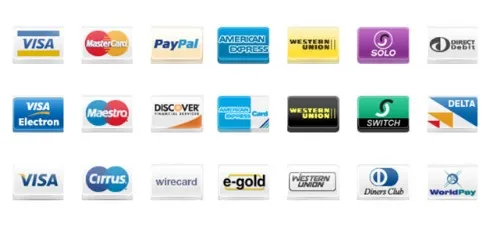
The Upside of B2B Marketplace
B2B e-commerce in India aligns completely with the government’s digital growth plans. Although in the present scenario B2B works on thin margins, but it has immense potential to have lots of cope for growth and expansion considering the past trends.

Analytics, autonomous vehicles, social commerce, and 3D printing are some new technologies that could bring a significant shift in the online business domain. Players have started to tap artificial intelligence, machine learning in data analytics to gain real-time data of customer's buying behaviour and thus being able to offer customised user experience.
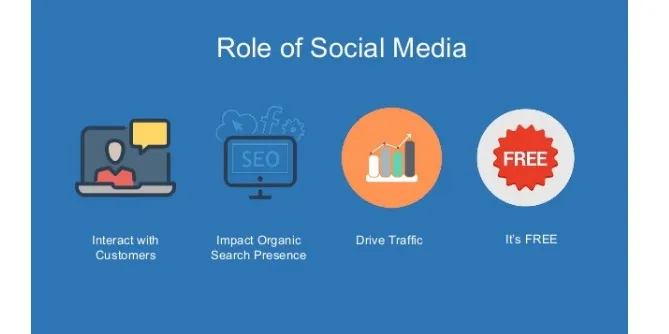
The e-commerce companies are building communities on social media networks to better understand their customers and in order to drive better marketing strategies.Identifying the customer base and having a well planned out strategy to ensure apt value propositions to each segment is one of the most crucial aspects to be considered to provide excellent customer experiences.
The Future of B2B E-commerce
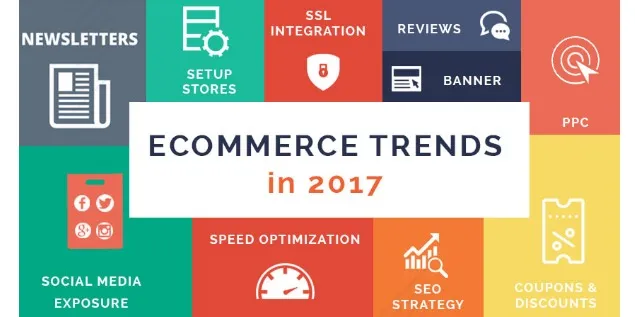
The future of B2B e-commerce is definitely bright and growth will come from the following sources:
1) Mobile platforms (developing app-based solutions)
2) Personalization with respect to different customer segments
3) Social media analytics
4) Artificial Intelligence (AI) and Machine Learning(ML)
5) Sharing economy business models.
6) The current growth patterns, in spite of losses, indicate immense future potential.
Upon considering the essentials for a successful B2B E-commerce venture, the likelihood of an e-commerce era in India is high. Firstly, because it aligns with the digital growth plans of the government and secondly because it will help reduce overhead costs and at the same time make the process of obtaining products easily. Ready-made customisable solutions are making the task of setting up e-commerce businesses even easier. India, being a developing country, ought to be welcoming of such positive solutions that guarantee a revolution.

